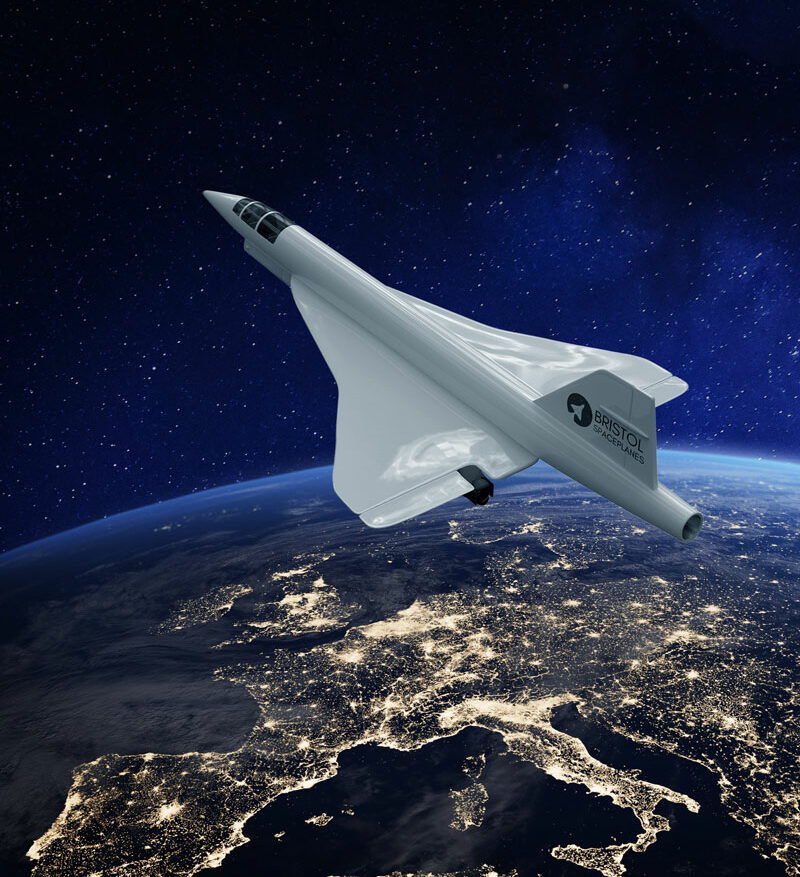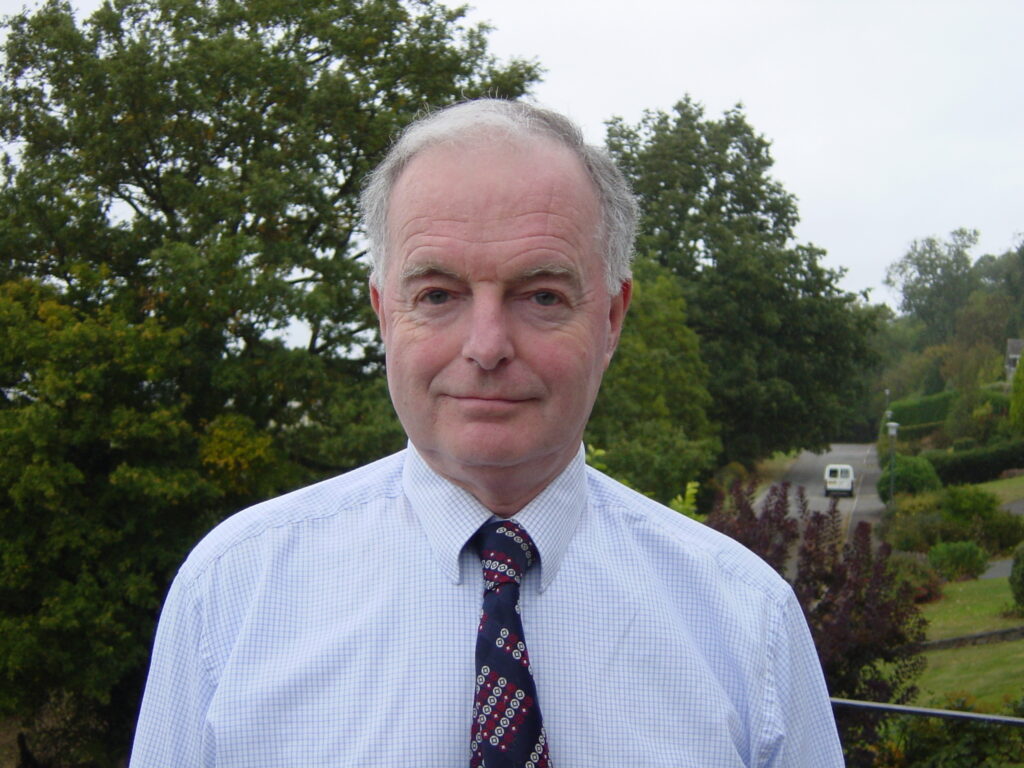
As a new age space race continues to gather momentum, an innovative Bristol-based aerospace company believes it holds the answers for affordable space tourism for the masses. We speak to the managing director to discover more…
The new age space race is well and truly underway. This year alone we’ve seen billionaires Jeff Bezos, Richard Branson and Elon Musk – all present leaders of vehicle development in space tourism – launch themselves and their ever-evolving technologies into space. In July, Branson’s VSS Unity spaceplane – which carried him, two pilots, and three mission specialists – beat Bezos’ Blue Origin’s New Shepard rocket ship to the fringes of space by just nine days. Branson’s spaceflight company, Virgin Galactic, is aiming to operate multiple space tourism flights a year, and already has more than 600 customers interested in its £189,000 seats when they become available – including Justin Bieber and Leonardo DiCaprio.
Bezos’ rocket ship, which fittingly launched on the 52nd anniversary of the 1969 moon landing, carried himself, his brother and the youngest and oldest people to ever go to space. For three minutes, all on board were able to feel near-weightlessness and admire the curvature of the earth before returning home safely – an experience that Bezos is promising future tourists. And even as recently as September the world watched on as Musk’s SpaceX capsule, carrying the first all-civilian mission, splashed down successfully in the Atlantic Ocean after three days in orbit. There is no doubt that a vast expansion of space science and exploration is happening as we speak, which many, including Musk, consider to be essential for the future flourishing of humankind. “I want to die on Mars – just not on impact,” Musk once quipped.
However, as tickets for the billionaires’ inventions are set to cost eye-watering amounts of money, the real jackpot will be won by the first to build a transportation system able to provide routine and affordable spaceflight for the masses. Enter Bristol Spaceplanes Limited, an innovative company hoping to do just that. According to Bristol Spaceplanes, within the next 15 years, tourists could be enjoying a trip to space “for not much more than a return first class ticket to New York”.
Intrigued by such ambitious plans, we spoke to Managing Director David Ashford, whose CV spans some of the world’s most-well regarded aerospace companies and whose portfolio even includes work on the supersonic airliner, Concorde. This month, we found out more about the possibilities of affordable space tourism and how the city could become the beating heart of a revolutionary new industry.
The designs
The key to Bristol Spaceplanes’ plan is an original design philosophy that aims for airliner standards of safety. Since airliners are the safest flying machines yet invented, Bristol Spaceplanes’ designs are as much like airliners as is practicable – they are piloted, they have wings for taking off and landing, they use conventional runways, and they have jet engines.
Since Bristol Spaceplanes was founded in 1991, it has received grants from four government agencies and developed a strategy to build a series of progressively more advanced spaceplanes. Its designs have been well scrutinised as a result of feedback from studies and peer-reviewed papers in professional journals and Ashford himself has spent his career gaining valuable insight into the technologies needed for suborbital and orbital spaceplanes. After graduating from Imperial College in aeronautical engineering, he spent one year at Princeton doing post-graduate research on rocket motors. In 1961, he began working in Hawker Siddeley Aviation’s spaceplane design team before joining BAE Systems.
He wrote his first paper on spaceplanes for the Journal of the Royal Aeronautical Society in 1965. “What would have been a difficult and expensive development in the 1960s should now be straightforward, thanks to developments since then. Spaceplanes looked like a good idea then, and still do today,” says Ashford.
The Ascender
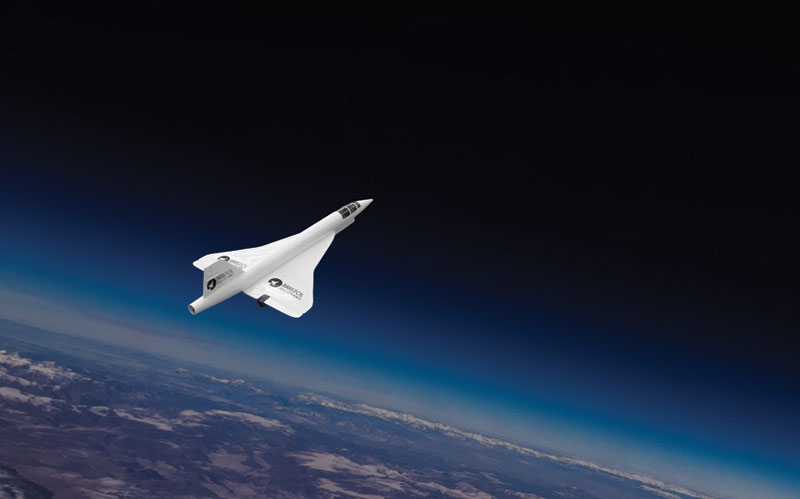
The first vehicle in the series is the Ascender suborbital spaceplane, which is designed to be the first aeroplane capable of routine flights to space. Bristol Spaceplanes proposes that after initial proving, it will be able to make several flights per day with just a quick check and refuelling between most flights.
The key to this capability is that it is designed to use jet engines up to supersonic speed on the atmospheric part of the climb. Using jets to such a high speed saves fuel compared with using rockets and enables a single vehicle to climb briefly to space height. None of the thirty or so other suborbital spaceplane designs proposed over the years have had this feature. The three that have actually flown (the X-15 in 1961, SpaceShipOne, 2004, and VSS Unity 2018) were launched from carrier aeroplanes, which add cost and complexity.
Ascender is like a quarter-scale Concorde with two seats, a simplified wing shape, and fitted with two jet engines and a rocket motor. It takes off from a conventional runway and then accelerates using its jet engines only. The rocket engine is then started and the pilot pulls it up into a steep climb. It then climbs unpowered to space height and after a few minutes in space, gravity pulls it back down into a steep dive towards Earth. The pilot then pulls it out of the dive, re-starts the jet engines, and flies Ascender back to the airport that it took off from. This is a suborbital trajectory that provides just a few minutes in space – an orbital trajectory involves accelerating to a higher speed so that the launcher can stay up like a satellite.
The Spacecab
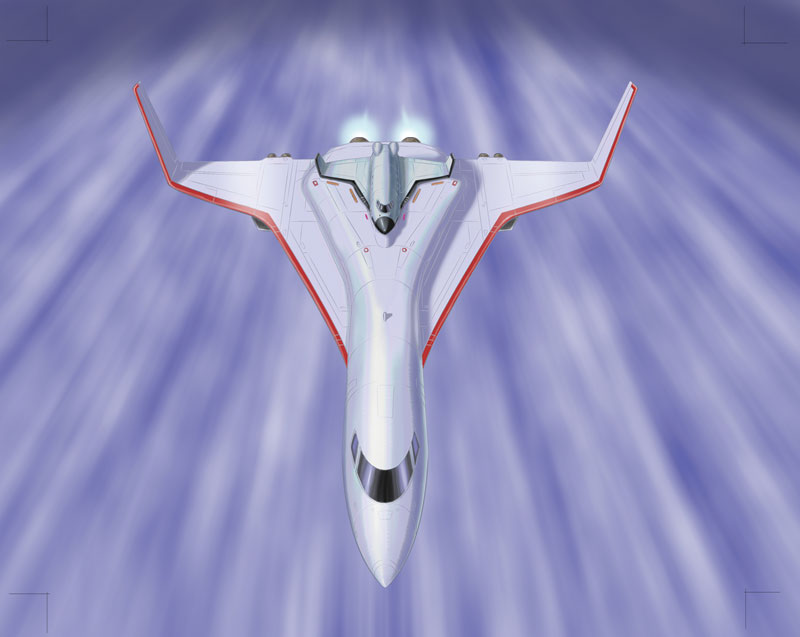
Ascender is a stepping-stone to the Spacecab Lower Stage, which has a similar shape and configuration but is enlarged to Concorde size and able to carry 20 passengers on space experience flights in an attached module. Its trajectory would be suborbital, similar to that of Ascender. When the design reaches full maturity, it could be operated like an airliner and the cost per seat would then come down to about £5,000.
In place of the 20-passenger module, an enlarged Ascender can carry a reusable upper stage able to launch a medium satellite or carry a crew of six, or supplies to a space station in orbit. This combination is the Spacecab two-stage orbital spaceplane.
As the only orbital launcher with the key features essential for bringing in the new space age (piloted, winged, two stages) currently being proposed, Spacecab would transform transport to orbit from a missile-like system using largely throwaway launchers to an aviation-like one, resulting in greatly reduced costs and improved safety.
The Spacebus
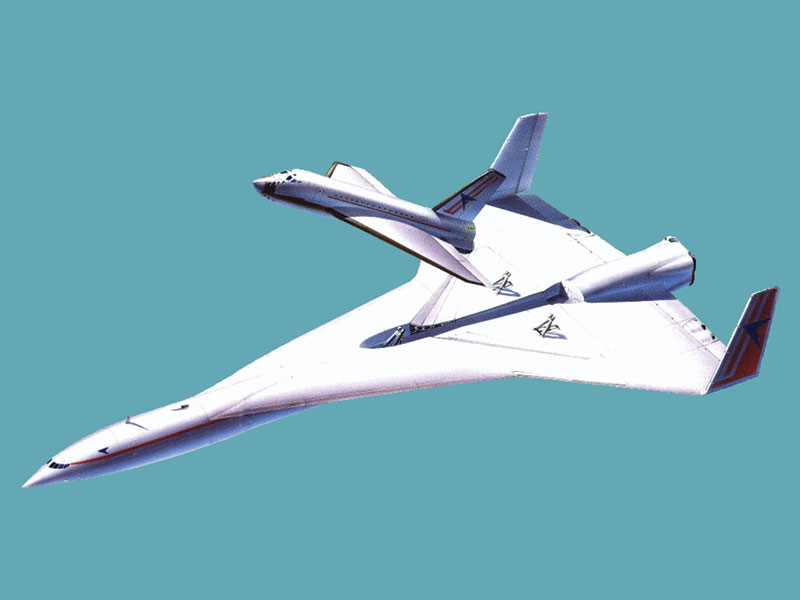
The fourth and final vehicle on the sequence is Spacebus, which is like a Spacecab enlarged to carry 50 people to orbit. “When fully mature, the cost of a few days in a space hotel would be a few tens of thousands of pounds, which is about one thousand times less than the cost today of sending an astronaut to space. This would clearly revolutionise spaceflight,” adds David. According to Bristol Spaceplanes, Spacebus would also be capable of carrying passengers from Europe to Australia in some 75 minutes flying time.
The experience
In David’s book Space Exploration: All That Matters, he details the experience of what a space tourist can expect. For those of us finding t hard to imagine just what a trip to space might look, feel and sound like, Ashford writes: “Your seat in the spaceplane will be quite similar to an airliner seat. You will, however, be wearing the emergency pressure suit. Take-off and initial climb will again be just like an airliner. You will notice the difference when the Orbiter stage of the spaceplane, in which you are seated, separates from the carrier aeroplane. You will see the latter disappearing beneath you. Then, when the rocket engines are set to full throttle, you will hear a louder noise, feel considerable vibration, and feel a strong push on your back as the acceleration increasers.”
He continues: “As you leave the effective atmosphere, you will see the sky turning dark. When your eyes have adapted you will see bright stars even in daytime. At this point you will able to see the ground a for a distance of several hundred kilometres and the curvature of the earth.
“After about six minutes of acceleration in the Orbiter, the rocket engines will stop and the noise and vibration will all but vanish. You will feel weightless for the first time. Soon afterwards, the hotel will come into view and if you are sitting at an appropriate window, you will be able to watch the docking manoeuvre. This will be a bit like a ship berthing at a pier except that it will be in three dimensions rather than two and the dock-hands attaching lines will be replaced by robot arms. A few minutes later, you will float weightlessly down the aisle, using banisters to guide you, through the cabin door and the air-lock passage and into the hotel.”
The environment
It is important to mention the environmental effects of Bristol Spaceplanes’ proposed designs. With Bristol being the UK’s first ever European Green Capital; home to dozens of ethical B Corporations; as well as the proud owner of the largest concentration of wildlife production companies in the world – it’s important not to discredit Bristol’s tremendous progress in tackling the environmental crisis.
According to Bristol Spaceplanes, the main disadvantage of low-cost access to space will be increased atmospheric pollution. Spaceplanes climbing to space will cause injections of pollutant into the high atmosphere, which may be persistent and the effects will need to be studied carefully. However, it is likely that the propellants will be liquid hydrogen and oxygen and the exhaust product will therefore be water vapour, which is non-toxic. Bristol Spaceplanes is confident that the vast environmental benefits of the spaceplanes will greatly outweigh this disadvantage for a number of reasons.
Firstly, Bristol Spaceplanes argues that its models will greatly reduce the cost of environmental science from space, which is key to understanding human impact on the environment. There will be a rapid gain in environmental knowledge, which will help us to restrict our polluting activities in a more effective manner. The large Envisat satellite, for example, was launched in 2002. It worked for ten years before being declared no longer operational. It led to much ground-breaking research in the fields of atmospheric chemistry, ozone depletion, biological oceanography, natural hazards, monitoring of maritime traffic, and study of snow and ice, to name just a few. However, it cost about $2 billion to develop and launch, and very few such satellites can be afforded. But, with low-cost access by spaceplane, several satellites of this kind could be built. They could be optionally man-tended and could be larger and more capable than Envisat.
The second benefit is a boost to the hydrogen economy. Spaceplanes are likely to be among the early large-scale commercial users of liquid hydrogen fuel, which in turn will make it easier for it to be adopted for aeroplanes and ground transport systems.
Even today, the big space agencies are all promoting expendable launchers. This mindset remains the biggest obstacle to building an orbital spaceplane.”
The third benefit, which is longer-term, is that using resources from space will reduce the pressure on our own planet. Two likely candidates for first place are solar power satellites and mining asteroids. Large satellites for collecting solar power and transmitting it to Earth have been the subject of much study. According to Bristol Spaceplanes, the energy from the sun reaching the earth in just three days is equal to that in the fossil fuels needed to keep the human race supplied with energy for 100 years at the present rate of consumption. A satellite of just 250km diameter could supply all of our present energy needs, assuming 10 per cent overall efficiency, with a very low carbon footprint. On the other hand, the solar power satellites have to be launched into orbit and the power has to be transmitted back to Earth. Many engineering problems remain unsolved and it remains unclear how commercially competitive space solar power will be. The high cost of transport to space has so far prevented even small pilot schemes. Not one light bulb on Earth has yet been lit using power from space. Spaceplanes will enable the construction of satellites large enough to explore the feasibility of solar power collection in space for use on Earth. It is clearly prudent to do research on such future energy options as soon as the cost permits.
Beyond the environmental benefits, Bristol Spaceplanes also wonders what the effects of large-scale space tourism, space art, space sport, and expanded space science and exploration will have on human thinking. “Some indication is available from the experience of astronauts,” says David. “Most have said that going to space was a transforming experience, and that they would like to go again. They tend to return to Earth with a more global perspective than when they left. They are more conscious of the fragility of ‘Spaceship Earth’.When a million and more people visit space each year, we can expect these views to spread, which should make it easier to generate global action to counter the various perils that face our home planet.”
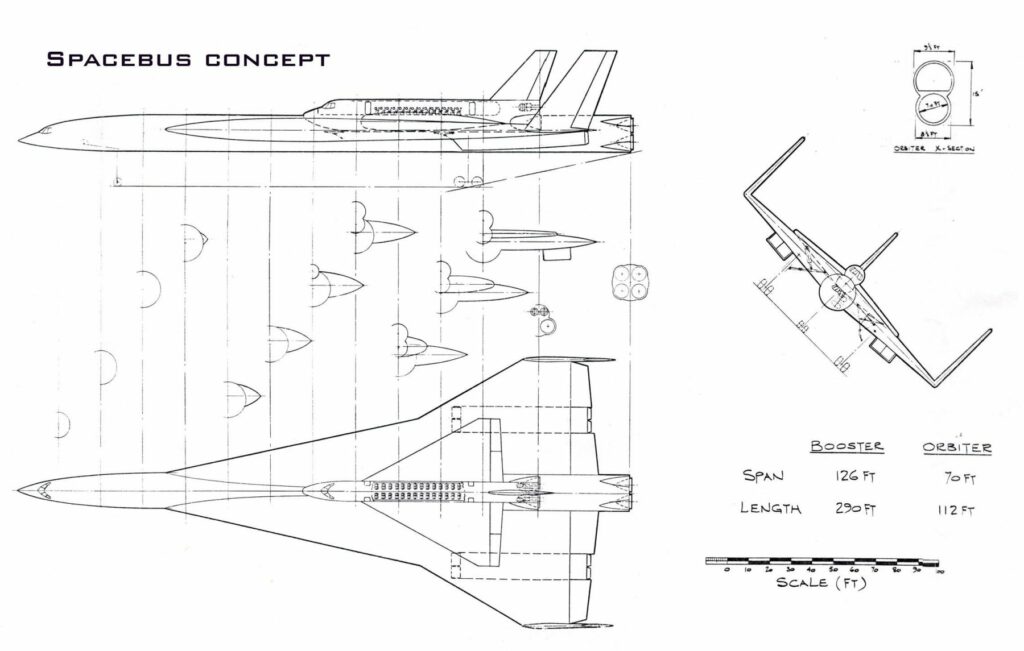
Why Bristol?
Bristol is the hub of a world-class aerospace cluster and has access to all the required technologies for Bristol Spaceplanes. The Bristol and Colonial Aeroplane Company in 1910 became arguably the world’s largest aircraft factory and built some of the best aeroplanes during World War I. Shortly after the war, it bought the aero engine company Cosmos Engineering and through years of succession, takeovers and mergers, eventually became part of BAE Systems – a co-manufacturer of Concorde. Today, the region’s companies are still at the forefront of the world’s aerospace industry, housing Airbus UK, GKN, and Rolls-Royce.
Breaking the mould
Ashford believes the main obstacle for Bristol Spaceplanes is the power of traditional thinking and remembers a great opportunity that was missed in the 1970s to build a fully reusable orbital spaceplane. “If this had happened, space transportation to orbit would now be routine and affordable,” he says. “The Space Shuttle was sold originally as a reusable project but, being in the event largely expendable, could never live up to its promise. This history has created institutions and habits of thought that have repeatedly reinforced the expendable habit. Even today, the big space agencies are all promoting expendable launchers. This mindset remains the biggest obstacle to building an orbital spaceplane.”
Eager to put Bristol at the forefront of the industry, Bristol Spaceplanes is looking for investors to help it build a model that will not only further improve its designs but attract industrial partners. Together with these partners, steps towards an affordable space tourism can finally take place.
Visit bristolspaceplanes.com for more information about Bristol Spaceplanes.

